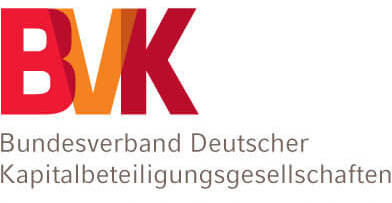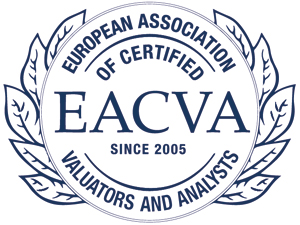NEWSLETTER of February 4, 2022
The following content has been added at finexpert:
Studies > Performance
Macquarie
POST-PANDEMIC: PIVOTING TO A NEW ERA
Globalisation is slowing, geopolitical tensions are elevated, and policy choices are getting harder. Get a handle on the opportunity set for 2022 and beyond, with views from around the public and private markets, including equity, fixed income and real assets. >more
Studies > M & A
PwC
DESTINATION DEUTSCHLAND: M&A ACTIVITY OF FOREIGN INVESTORS IN GERMANY IN 2021
The report "Destination Germany. M&A Activities of Foreign Investors 2021" by the auditing and consulting firm PwC Germany analyzes all mergers, company acquisitions and sales, leveraged buyouts, spin-offs, privatisations and acquisitions of minority stakes in German companies by foreign investors announced between January 1, 2017 and November 15, 2021. >more
Studies > M & A
Houlihan Lokey
PURCHASE PRICE ALLOCATION STUDY
Houlihan Lokey is pleased to share with you its annual Purchase Price Allocation (PPA) Study, one of the largest, most detailed investigations of its kind. Our annual PPA Study provides an in-depth look at the recent allocations recorded by publicly traded registrants and can be used as a benchmark throughout the industry. >more
Studies > M & A
Lazard
FINANCIAL SPONSOR SECONDARY MARKET YEAR-END REVIEW – 2021
With the COVID crisis stabilizing in 2021, secondary market activity soared, with volume estimated to have doubled on estimated 2020 figures and GP-led transactions accounting for 50% of the market. LP-led activity started to recover in the second half of 2021. Continuation fund transactions remained the most common transaction structure in 2021, specifically single-asset continuation funds which accounted for over 50% of the overall GP market volume for the first time. >more
Studies > Risk Management
World Economic Forum
GLOBAL RISKS REPORT 2022
The Global Risks Report series tracks global risks perceptions among risk experts and world leaders in business, government, and civil society. It examines risks across five categories: economic, environmental, geopolitical, societal, and technological. Every year the report also analyses key risks to explore further in deep-dive chapters—these could be risks that feature prominently on our survey, those for which warning signs are beginning to surface, or potential blind spots in risk perceptions. >more
Research Papers > Corporate Valuation
TESTING FOR ASSET PRICE BUBBLES USING OPTIONS DATA
Nicola Fusari, Robert Jarrow, and Sujan Lamichhane
2021
We present a new approach to identifying asset price bubbles based on options data. We estimate asset bubbles by exploiting the differential pricing between put and call options. We apply our methodology to two stock market indexes, the S&P 500 and the Nasdaq-100, and two technology stocks, Amazon and Facebook, over the 2014-2018 sample period. We find that, while indexes do not exhibit significant bubbles, Amazon and Facebook show frequent and significant bubbles. The estimated bubbles tend to be associated with high trading volume and earning announcement days. Since our approach can be implemented in real time, it is useful to both policy-makers and investors. As an illustration we consider two case studies: the Nasdaq dot-com bubble (between 1999 to 2002) and GameStop (between December 2020 and January 2021). In both cases we identify significant and persistent bubbles. >more
Research Papers > Alternative Investments
DIVERSE HEDGE FUNDS
Yan Lu, Narayan Y. Naik, and Melvyn Teo
2021
We explore the value of diversity for hedge funds. We show that fund management teams with heterogeneous educational backgrounds, work experiences, nationalities, genders, and races, outperform homogeneous teams by 3.24% to 7.96% per annum after adjusting for risk. We address endogeneity concerns through (i) difference-in-differences estimates from an event study of diversity-enhancing team transitions and (ii) instrumental variable regressions that exploit the demographic diversity at fund founders' hometowns. Diverse teams outpace homogeneous teams by exploiting a greater variety of long-horizon investment opportunities, avoiding behavioral biases, and eschewing downside risks. Diversity allows funds to circumvent capacity constraints and deliver more persistent performance. >more













